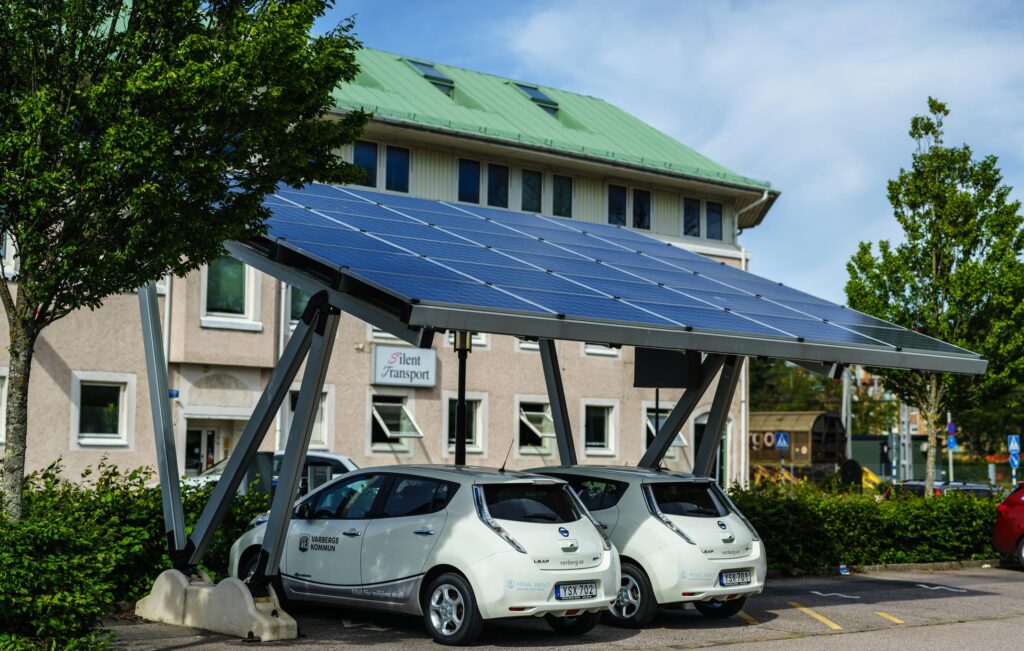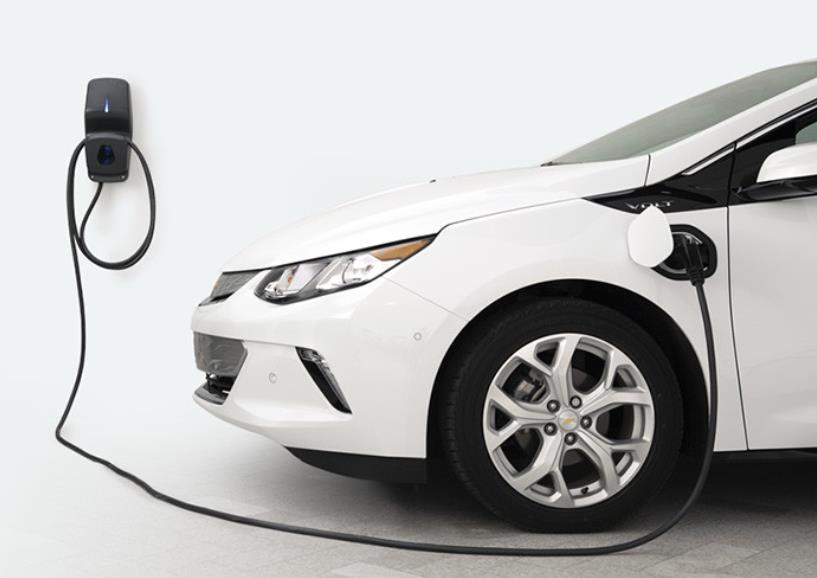Denuclearize your ride: EVs and PV systems
Electric vehicles (EVs) are exploding in popularity. Every car maker is scrambling to add EVs to their lineup. We’re even seeing electric pickup trucks, like the Ford F150 Lightning. What’s all the fuss about?
Emissions from gasoline and diesel powered vehicles are one of the largest contributors to climate change in Ontario and across Canada. They also contribute to air pollution and all its related illnesses, costs, hospitalizations, etc. EVs, on the other hand, have no tailpipe emissions. Driving an EV creates no incremental carbon emissions and can help move Canada to meet its climate change commitments.
But where does the energy to run an EV come from? Can you run your EV on solar? And how much is required? These are all great questions.
The energy to run your EV comes from the grid. So your clean EV is only as clean as the grid electricity it’s charging from. This varies across the country. In parts of the West, where they’re still burning coal to generate electricity (coal is a huge carbon emitter), your clean EV is actually coal powered! In Ontario, grid electricity is dominated by nuclear energy (at about 60% of generation) and a large amount of hydro power (25%). Less than 10% of Ontario’s electricity in 2020 came from low impact clean sources, most of which were wind turbines. Therefore EVs in Ontario are predominantly nuclear powered. While nuclear power plants are emission free, uranium mining and nuclear power plants both have a large carbon footprint and nuclear power produces waste that will be hazardous for hundreds, even thousands, of years.

So if you want a nuke-free EV, what can you do? Can you charge your car with solar energy? Absolutely! Solar energy systems don’t know or care what devices are consuming their clean electricity; your EV charger looks no different than your fridge or an electric heater. A net metered solar energy system will generate clean energy and inject it into your home for all your appliances, including your EV charger.
The amount of electrical energy consumed by an EV will depend primarily on how much it is used. Factors that also affect vehicle consumption include vehicle size, weight, and aerodynamics. Weather will affect consumption significantly: heaters in winter and air conditioning in summer both increase energy consumption. EV ratings, based on standardized test conditions, indicate expected electricity consumption in kWh per 100km driven. This is great information to have, because we can use it to calculate how much energy you would need to generate from the sun to offset your annual driving. If you’re shopping for an EV, or already have one, you can look up the energy consumption specification for that vehicle. A typical EV sedan will consume about 20kWh of electrical energy per 100km driven.

OK…. Let’s do some math!
Let’s say you drive 25,000km/year. That equals 250 x 100km sections. Each 100km section uses 20kWh, so the total annual expected energy consumption will be 250 sections per year x 20kWh per section = 5000kWh/year
OK, how about the solar? Each kW of south-facing, unshaded, solar array will generate about 1100kWh/year of electrical energy in Southern Ontario. If you need to generate 5000kWh per year, you’ll need 5000kWh/year / 1100kWh/kW/year = 4.5kW of solar array.
Therefore if you install a 4.5kW solar array in a net metered configuration, it will offset 100% of the electricity consumed by your EV on an annual basis.
For those inclined to equations, here it is again:
PV = ( D/100 * C ) / S
where:
- PV is the solar array size in kW
- D is the distance driven annually in km
- C is the EV’s consumption in kWh/100km (about 20 for many EVs)
- S is the solar conversion ratio in kWh/kW (about 1100 for much of Southern Ontario)

But what about charging the car at night? The sun won’t be charging the car directly! Yes, this is true. However, with net metering we don’t need to worry about that detail. See this article for more detail on how that works.
So yes, you can drive on sunshine!

